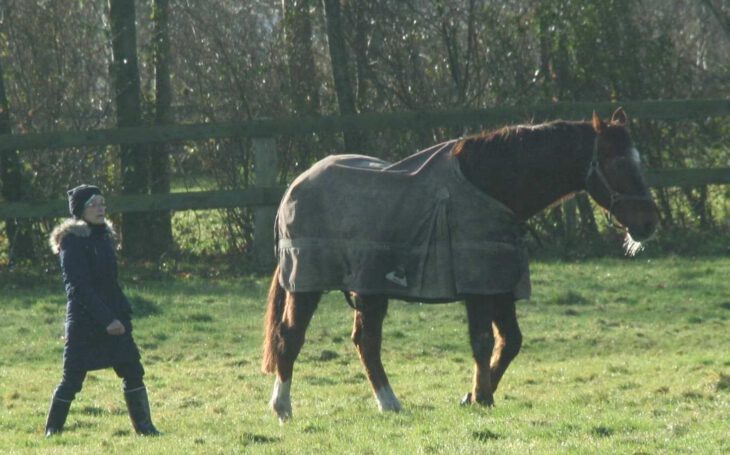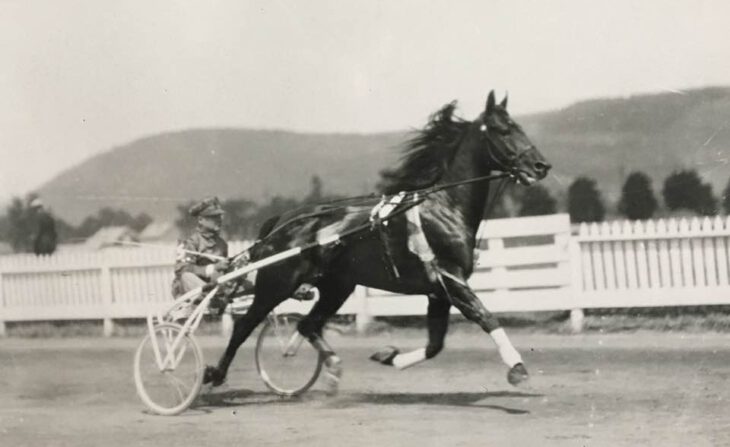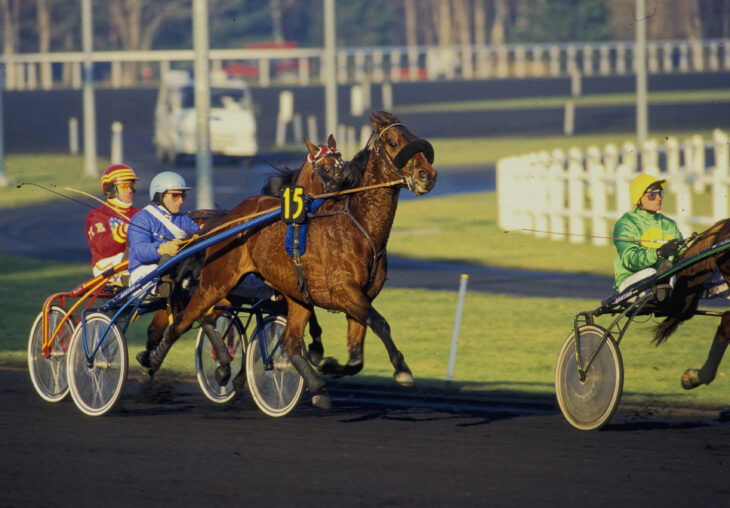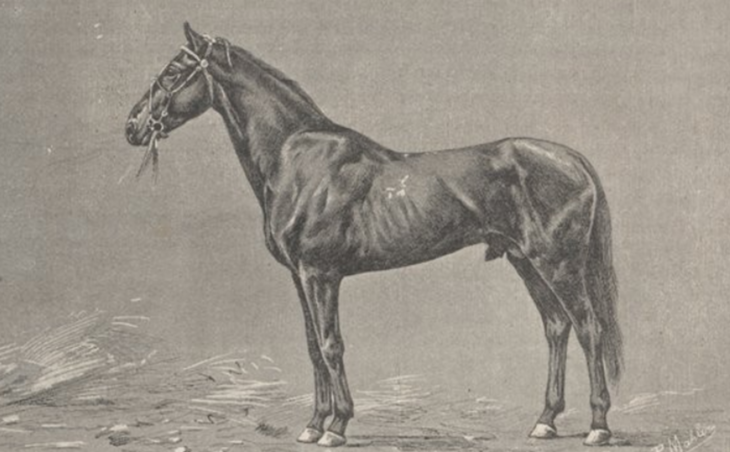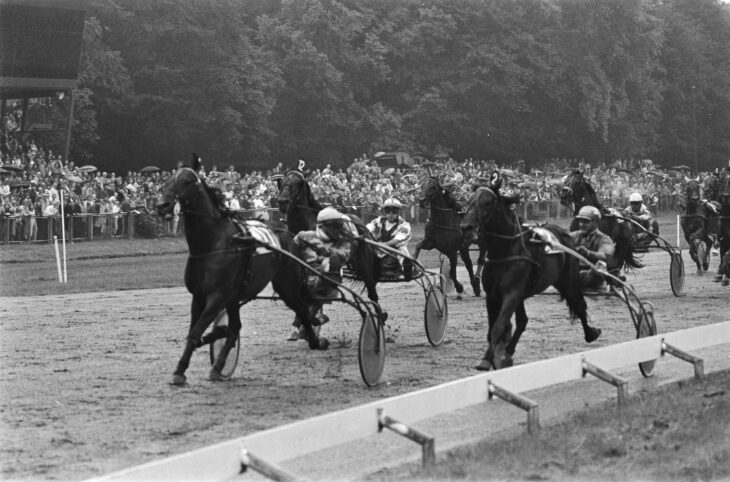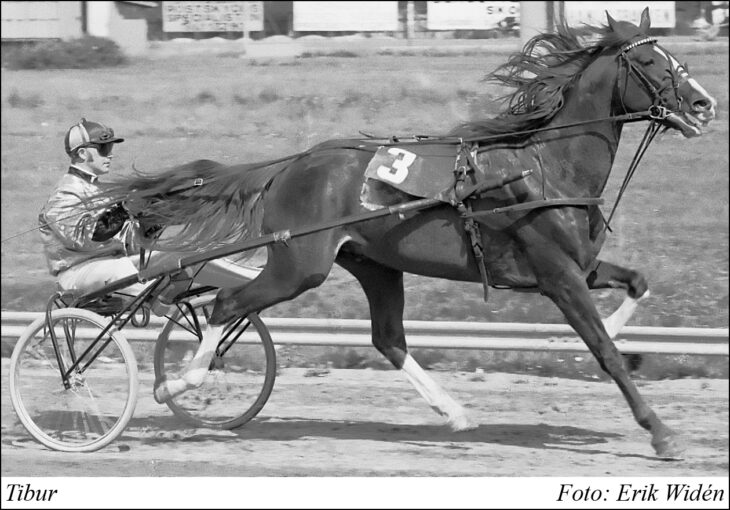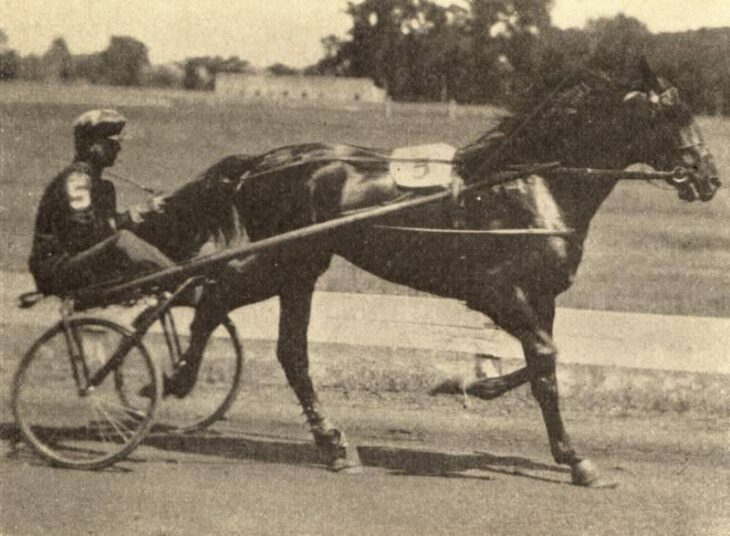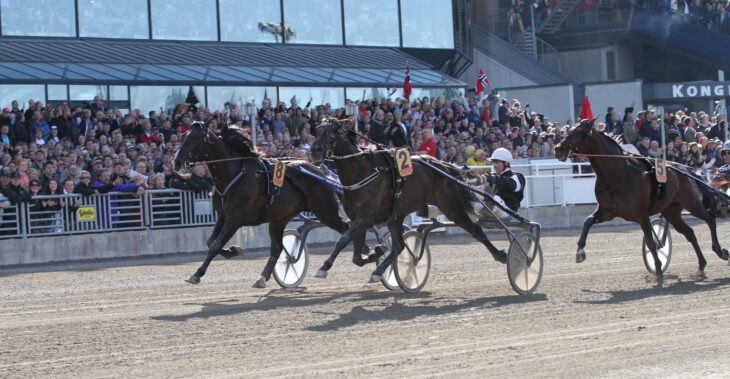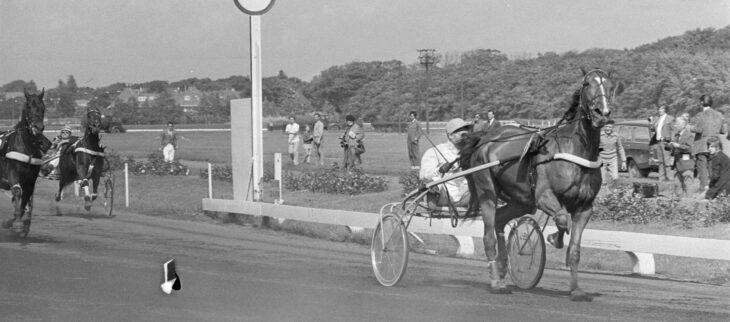He was the undisputed French emperor for several years, and only illness prevented him from winning an unprecedented five Prix d’Amerique-wins in a row. As tough off as on the track, Ourasi was a handful for those around him. He was actually more than a handful for his competitors, who simply couldn’t resist the complete package of strength, speed and an insane will to win. In one race the other competitors even colluded to prevent the chestnut superstar from winning, but Ourasi won anyway.
Read MoreFrance
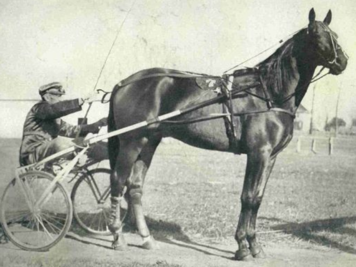
The secret daddy
The expression “Who’s your daddy?” is often used as a claim of dominance. In the case of the 1938 foals of Gäel, a champion...
Read More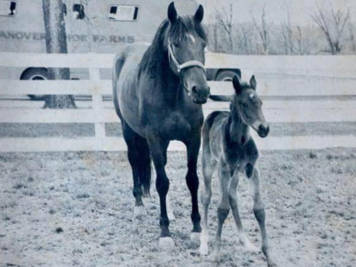
The stateless horse
You have horses with great pedigrees, then you have those really blue-blooded horses … and then there is Florestan. Despite being...
Read More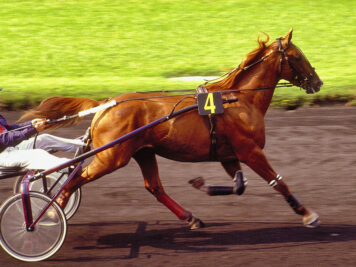
The horse who did the unthinkable
When Jean-Baptiste Bossuet looked at the yearling in September 1986, he wasn’t particularly impressed. There just was no...
Read More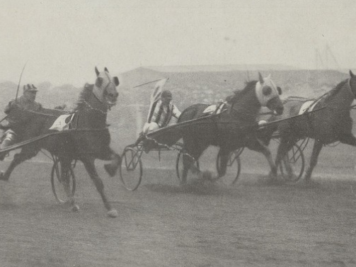
The first French king
He was a war foal who rose to the top of the French elite in the 1920. The first and only horse to be disqualified from a win in...
Read More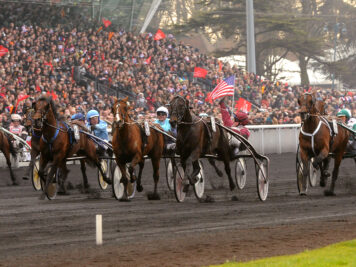
The horse of your life
He was one of the best trotters the world has seen and went on to become an even better stallion before he died too soon. The...
Read More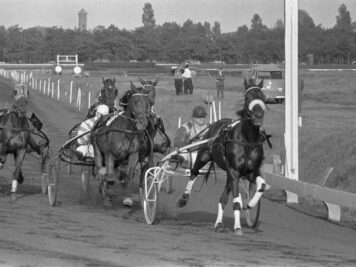
The Dutch fairytale
At 7 he was still a highly average trotter, clearly below the best in France. However, a Dutch trainer thought he saw something...
Read MoreHe may just be the American horse imported to Europe who has left the biggest and most impressive stamp on trotting history. He was dominant on the track and despite relatively few foals left a lasting legacy. There was only one drawback with Sam Williams: he didn’t like the hill at Vincennes. That is a minor thing in the big picture, though, considering his massive influence on European trotting.
Read MoreA supremely fast trotter, he is most famous for stumbling shortly ahead of the wire in the Hambletonian with victory within reach. Sold to Europe not long after equaling a world record at 4, Brown Berry later likely became a clandestine stallion in France.
Read MoreWhen the French studbook was briefly opened between 1987 and 1992, conservative French breeders generally nixed the opportunity to breed their mares to foreign sires. Some even went as far as claiming they “didn’t want to plant weed in their garden”, saying in no unclear terms that the American standardbred had absolutely nothing to offer the French trotter whose studbook had been closed since 1937 and only opened for five foreign-born stallions and a few other exceptions. Despite what the naysayers claimed, though, opening up the studbook took French trotting to a completely new level – and the best example of this is Coktail Jet.
Read MoreHe was one of the thousands of Orlov trotters exported from Russia in the golden age of the breed. Kozyr found a new home in France, was one of the best aged trotters in France for several years and is today found in every French pedigree.
Read MoreHe was a nasty colt, and the only – to date – Elitlopp-winner to be led to the winners’ circle by two grooms holding a chain. The blue-blooded trotter Jorky was no treat to be around, and he was a handful for his opponents as well. The only horse to win all four group I-Criteriums in France, Jorky was a mean superstar.
Read MoreFrench trotters that visited Sweden in the 50s tended to dominate and the desire to bring in French bloodlines were very strong. When the French-born Tibur was brought to Scandinavia, however, the colt was rejected by the Swedish breeding commission. However, following the old adage that “cream always rises to the top”, Tibur proved himself a true elite stallion but only got his chance because of a loophole in the rules.
Read MoreThe New England-star was sold to Europe and impressed the French so much he was purchased by their national stud. Despite all the high hopes, though, Net Worth turned out to be highly average as a stallion. There was nothing average about his performances on the track, however, as illustrated by him humiliating the French elite at Vincennes when he was 11.
Read MoreSome horses just make everybody, their owners, trainer, driver as well as the racing fans, go through the full spectrum of emotions. Few horses have done this more so than the French tank, Rapide Lebel. The gelding would occasionally trot away like his opponents weren’t there and was simply unstoppable at his best. However, on occasion the trotting public got to see the nutty side of the star.
Read MoreIt wasn’t just a win, it was humilating demonstration of supremacy. It was unthinkable really, that an – in North America – unknown French mare could not only defeat, but humiliate the trotter that according to the US fans was undoubtedly the best trotter in the world. However, Une de Mai at her best was nothing short of spectacular. The French queen could be fickle, however, and also lacked luck at times. This caused her to be the only French queen without a crown.
Read More
